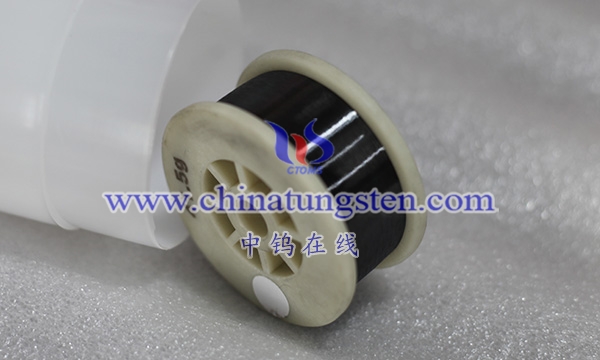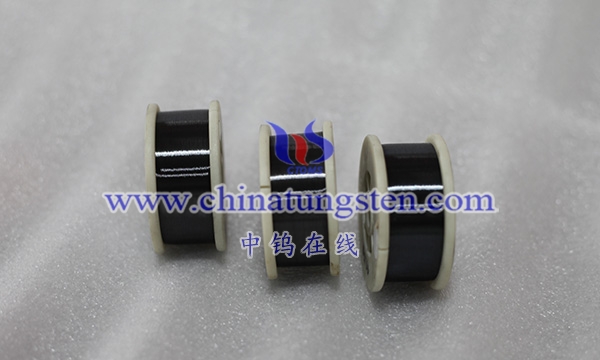Controlling the diameter of cut-resistant tungsten wire is a complex and delicate process involving multiple links and factors. Here are some of the main methods and precautions:
- Raw material selection and preparation
Raw material selection: Select high-purity tungsten powder as the raw material, and its purity has an important influence on the diameter and performance of the final product.
Powder particle size control: Control the particle size distribution of tungsten powder through methods such as screen grading to ensure that the formed tungsten billet has uniform density and grain size.
- Forming and sintering
Pressing and forming: During the pressing process, the size and density of the tungsten billet are controlled by adjusting parameters such as die size, pressing pressure and holding time. This is crucial for the diameter control of tungsten wire in the subsequent wire drawing process.

Sintering control: During the sintering process, strictly control parameters such as sintering temperature, holding time and cooling rate to ensure that the tungsten billet does not produce excessive deformation and cracking during the sintering process and maintain its dimensional stability.
- Wire drawing process control
Wire drawing die design: Design a suitable wire drawing die according to the target tungsten wire diameter. Factors such as the aperture, shape and material of the die will affect the diameter and surface quality of the tungsten wire.
Drawing speed and tension control: During the drawing process, the diameter and shape of the tungsten wire are controlled by adjusting parameters such as the drawing speed and tension. Faster drawing speed and greater tension may cause the diameter of the tungsten wire to become smaller, but may also increase the risk of breakage; conversely, slower drawing speed and smaller tension may cause the diameter of the tungsten wire to be larger, but can improve its stability and toughness.
Lubricant selection and application: Add an appropriate amount of lubricant (such as graphite) during the drawing process to reduce friction and wear, reduce the temperature of the tungsten wire, and help control its diameter.
- Post-processing and testing
Post-processing: The tungsten wire after drawing is cleaned, dried, and other post-processing to remove surface residues and oxides and improve its surface quality.

Diameter detection: Use high-precision measuring tools (such as microscopes, laser diameter gauges, etc.) to accurately measure the diameter of the tungsten wire. For tungsten wires with extremely high diameter requirements, multiple measurements and corrections may be required.
- Other considerations
Process parameter optimization: According to the specific production equipment and raw material characteristics, optimize and adjust each process parameter to obtain the best diameter control effect.
Quality control system: Establish a complete quality control system, conduct strict inspection and testing of raw materials, semi-finished products and finished products, and ensure that the diameter and performance of tungsten wire meet the relevant standards and requirements.
Equipment maintenance and care: Regularly maintain and care for production equipment to ensure that it is in good working condition and within the precision requirements.
More details of tungsten wires, please visit website: http://tungsten.com.cn/tungsten-wires.html
Please contact CHINATUNGSTEN for inquiry and order of tungsten needles:
Email: sales@chinatungsten.com
Tel.: +86 592 5129595






